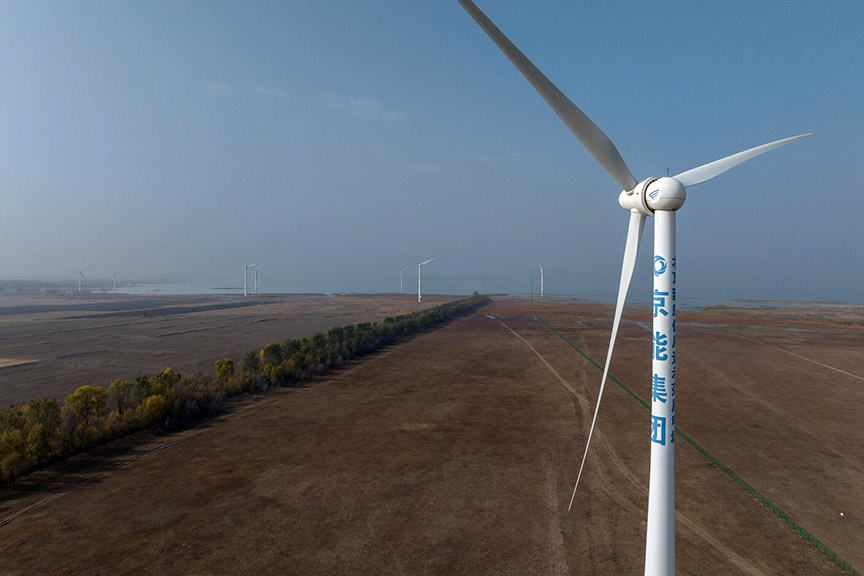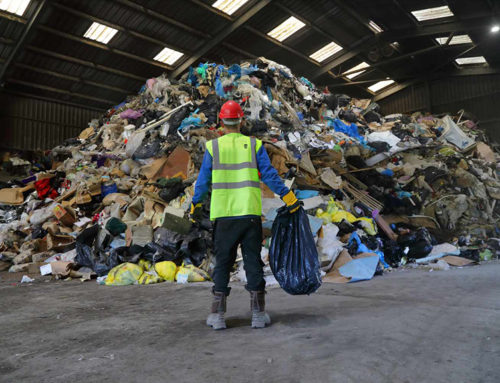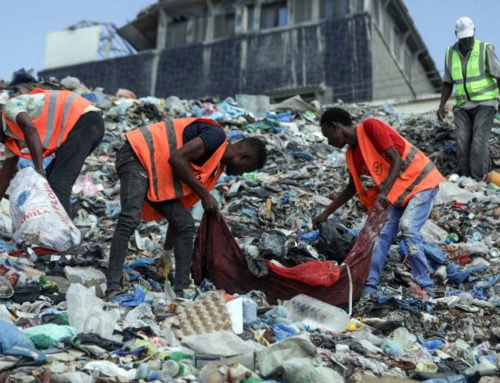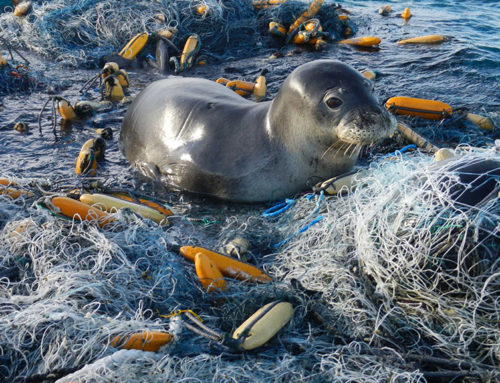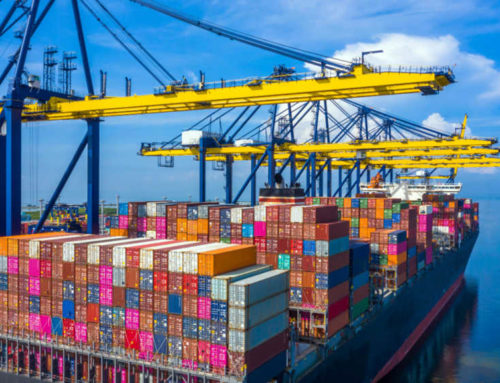As China continues to lead the global charge in renewable energy adoption, the proliferation of wind turbines has brought about a pressing concern: the imminent waste timebomb associated with their lifecycle. With an estimated 12.9 million tonnes of waste projected to be generated by China’s onshore wind industry alone by 2050, the urgency to address the recycling challenges of wind turbines is more apparent than ever. This issue highlights more of the often non-discussed issues with new energy, green energy and long term effects of their implementation.
By the end of 2022, China boasted approximately 335GW of wind power capacity, contributing significantly to its commitment to triple renewable energy capacity by 2030. However, as highlighted by researchers from China and the UK in a recent Nature publication, the surge in wind power adoption brings forth a formidable challenge – managing the considerable waste generated during both the manufacturing and decommissioning stages of wind turbines.
The researchers predict that, by 2050, the waste generated by China’s onshore wind industry could range between 12.9 million to 23.1 million tonnes. This not only poses environmental concerns but also underscores the need for efficient recycling solutions, especially considering that, by 2040, end-of-life waste will constitute around two-thirds of the total.
While 85%-95% of wind turbines are recyclable, a significant obstacle lies in the recycling of turbine blades due to the challenging nature of the resins typically used. The blades present a unique difficulty, prompting concerns about the environmental impact of traditional disposal methods such as landfill and incineration.
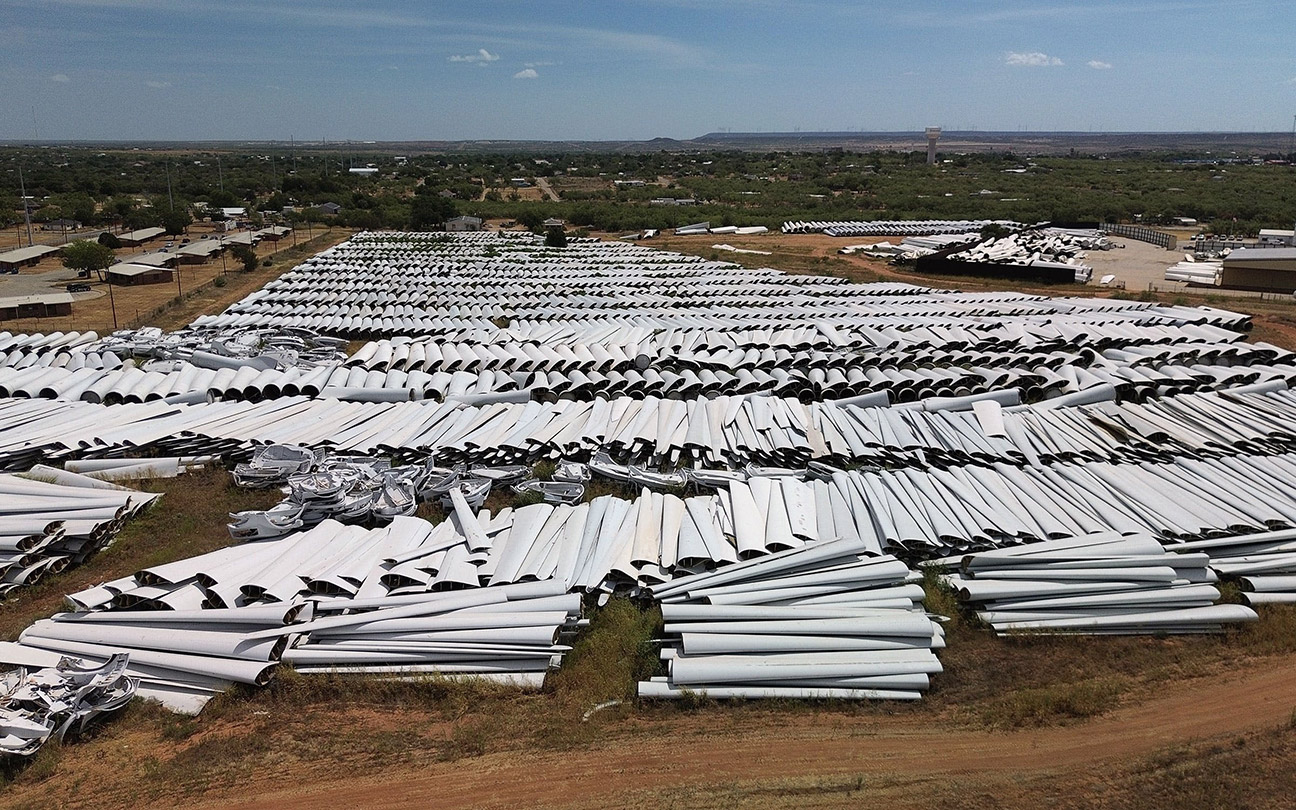
Recognizing the magnitude of the issue, Chinese authorities have announced plans to establish a comprehensive recycling system for old wind turbines and solar panels, aiming for a “basically mature” system by 2030. This initiative is a positive step towards addressing the impending waste crisis, especially considering the growing importance of recycling as the energy transition matures.
The researchers advocate for the development of “circular strategies” to minimize waste, emphasizing the potential benefits of “modular blade designs.” Additionally, extending the lifespan of turbines through advanced sensors and monitoring for timely and efficient repairs is suggested as a viable strategy.
To maximize the value of turbine blades, the researchers propose repurposing them for applications such as pedestrian bridges and transmission towers. However, they caution that the demand for such repurposed materials may not keep pace with the availability of turbine blades.
Despite the current efforts, viable large-scale recycling solutions for wind turbine components, especially blades, remain elusive. The researchers stress the importance of collaboration across sectors and sustainability practitioners to find environmentally friendly and cost-effective solutions for composite waste streams. This, they argue, is crucial to establishing new value chains and closing the material loop, ultimately accelerating the transition to a circular economy for wind turbine blades and composite materials.
As the global wind energy landscape continues to expand, the imperative to address the associated waste challenges becomes increasingly urgent. With the clock ticking towards 2050, a collaborative and innovative approach is essential to find practical solutions for recycling wind turbine components, ensuring the long-term sustainability of this crucial renewable energy source.

